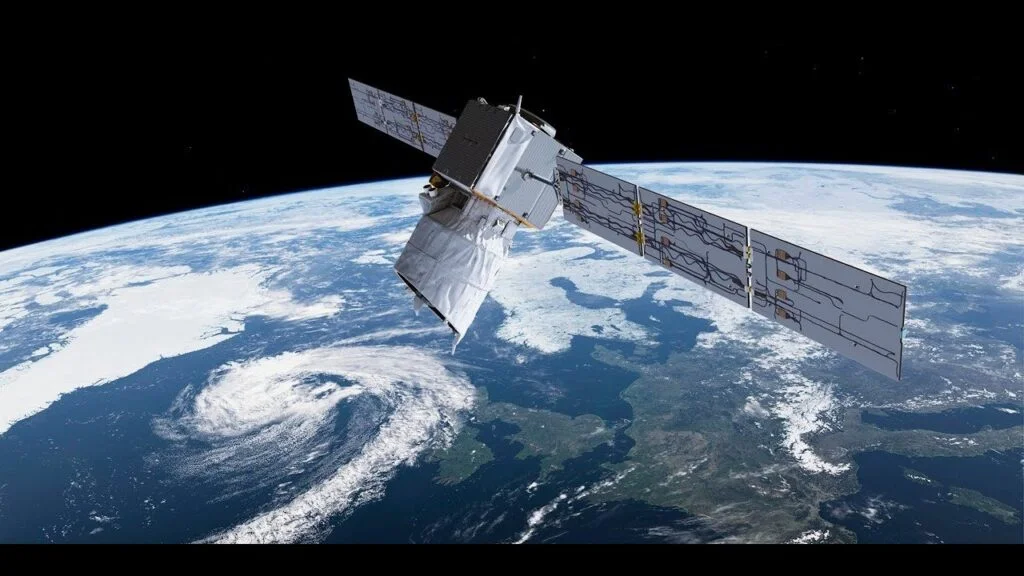
New Bacteria Discovered on China’s Tiangong Space Station: A Revolution for Space Exploration?
A groundbreaking discovery has been made aboard China's Tiangong space station: a previously unknown bacteria named Niallia tiangongensis. This resilient and adaptive microbe, found within the station's cabin, could transform our understanding of life in extreme environments and pave the way for more sustainable space exploration.
This marks a historic first for China's orbital laboratory. While bacteria have been identified on the ISS by NASA and in Roscosmos modules, this is a major milestone for Tiangong. Researchers from the Shenzhou Space Biotechnology Group and Beijing’s Institute of Space System Engineering isolated the new strain, publishing their findings in the International Journal of Systematic and Evolutionary Microbiology.
Niallia tiangongensis, collected in May 2023 by the Shenzhou-15 mission crew, is a new variant of a known terrestrial strain. Astronauts used sterile wipes to sample internal surfaces, which were then frozen, returned to Earth, and analyzed. The bacteria's ability to withstand extreme conditions, including radiation and oxidative stress, is particularly fascinating.

Why the Excitement? This discovery offers several concrete possibilities for long-term space missions.
Here's why scientists are buzzing:
- Radiation Protection: Understanding how Niallia tiangongensis repairs its cells despite space radiation could lead to biological protection mechanisms for astronauts on long-duration missions, like those to Mars.
- Waste Recycling: The bacteria's ability to break down certain organic compounds opens the door to biological waste recycling systems in space, transforming waste into resources.
- Advanced Systems Development Could serve as a model for developing advanced radiation protection systems for spacecraft, Bio-based life support technologies, Novel pharmaceutical applications back on Earth and Sustainable biotechnology solutions for extreme environments.
This research is part of China’s ambitious CHAMP (Chinese Habitat Microbiome Program), monitoring how microorganisms evolve aboard Tiangong. Chinese space officials anticipate breakthroughs in genetics and metabolism, impacting pharmaceuticals, agriculture, and biotechnology.
However, some experts suggest understanding the survival of this microbe on orbit may also offer fresh perspectives on how microbes adapt to low gravity and high radiation, as well as the implications for astronaut’s health. Crew members took swab samples back in May 2023 for the China Space Station Habitation Area Microbiome Program (CHAMP) to further gain insights into if these species learning to thrive in low-gravity settings potentially poses a hazard in the future.
Past missions have shown that bacteria on station surfaces can hinder machinery. Equipment may be exposed to microbial films that could degrade important materials and introduce safety issues.
The Big Picture: As humanity ventures further into space, autonomous and ecological approaches to managing health, systems, and waste become crucial. This resilient bacteria could be a valuable ally. It raises the question: what other microscopic life forms are adapting in the unique environment of space?
What are your thoughts on this fascinating discovery? Share your perspectives in the comments below!